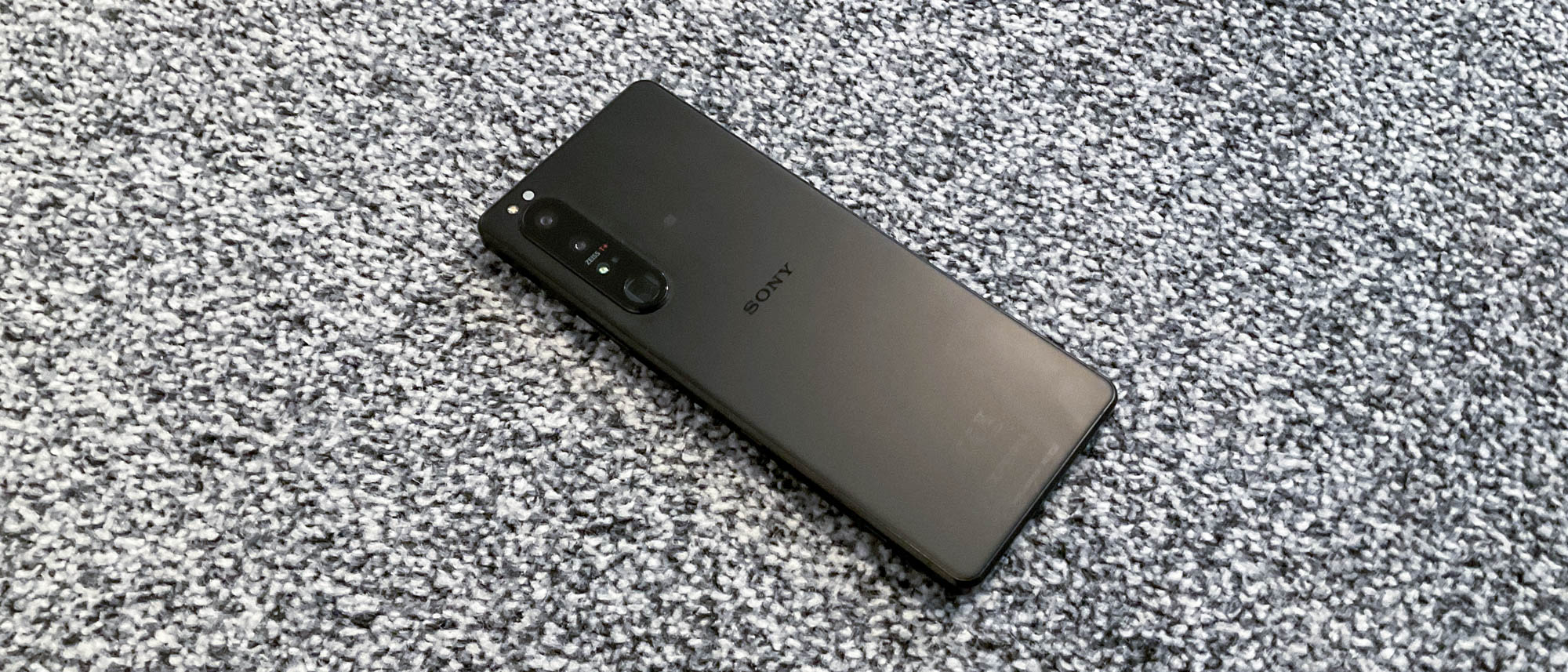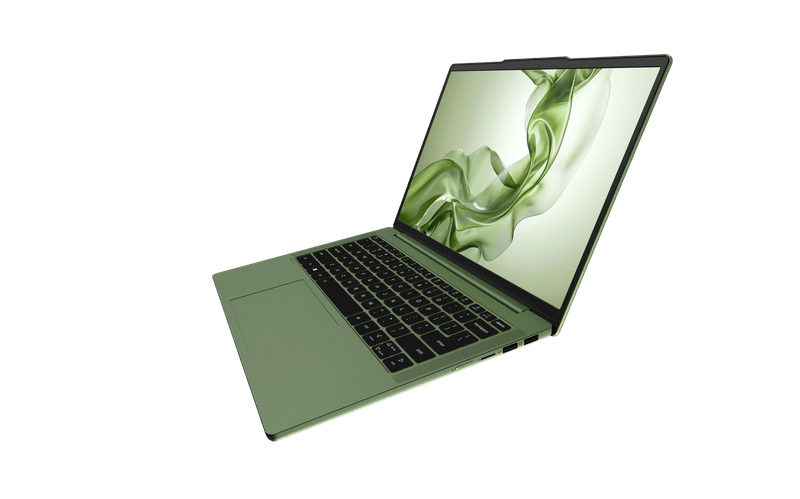Laptop Mag Verdict
The Sony Xperia 1 III is a marvelous Android smartphone that many photographers and content creators will adore, but the premium price and niche features may be too much for casual smartphone users to excuse.
Pros
- +
Beautiful 21:9 120Hz OLED display
- +
Excellent cameras
- +
Hi-Res audio with 3.5mm jack
- +
Camera shutter button
Cons
- -
Premium price
- -
4K isn’t noticeable
- -
Long footprint is not for everyone
Why you can trust Laptop Mag
Price: $1,299/£1,199
OS: Android 11
Display: 6.5-inch 4K (3840 x 1644) 120Hz HDR OLED
CPU: Qualcomm Snapdragon 888 5G
RAM: 12GB
Rear cameras: 12MP wide (ƒ/1.7); 12MP ultrawide (ƒ/2.3); 12MP telephoto (ƒ/2.3-2.8)
Front camera: 8MP (f/2.0)
Storage: 256GB
Battery: 9:10
Size: 6.5 x 2.8 x 0.32 inches
Weight: 6.56 ounces
If Sony’s PlayStation is “For The Players,” then its series of Xperia smartphones’ unofficial slogan should be “For The Creators.” Although, I would also add “with deep pockets” to the end of my imagined tagline.
The Sony Xperia 1 III is a premium Android phone by all accounts: the 21:9 4K OLED display with a 120Hz refresh rate is dazzling, its triple-camera setup with numerous advanced photography and cinematography features is exemplary, and it goes above and beyond for Sony audiophiles. There’s a reason why this flagship smartphone flew off shelves in certain regions around the globe, particularly in China where Sony was reportedly rubbing shoulders with Apple and Huawei when the Xperia 1 III launched.
However, there is also a reason why Xperia isn’t as big of a buzzword amongst smartphone titans such as iPhone, Pixel, or Galaxy. Many will rightfully say it comes down to availability, while others state Sony needs to improve its launch strategy and marketing for Xperia products to the standard it used when launching the PS5. But there are two other reasons: price and niche.
The Sony Xperia 1 III is a marvelous Android smartphone that many photographers and content creators will adore, but are they willing to shell out more than $1,200 for a phone with features they may already have in a professional camera? Read on to find out.
Sony Xperia 1 III price and configurations
The Sony Xperia 1 III comes with a flagship smartphone price tag. It’s undoubtedly one of the most expensive smartphones to release in 2021, with Sony’s premium price only being beaten by Samsung’s Galaxy Z Fold 3.
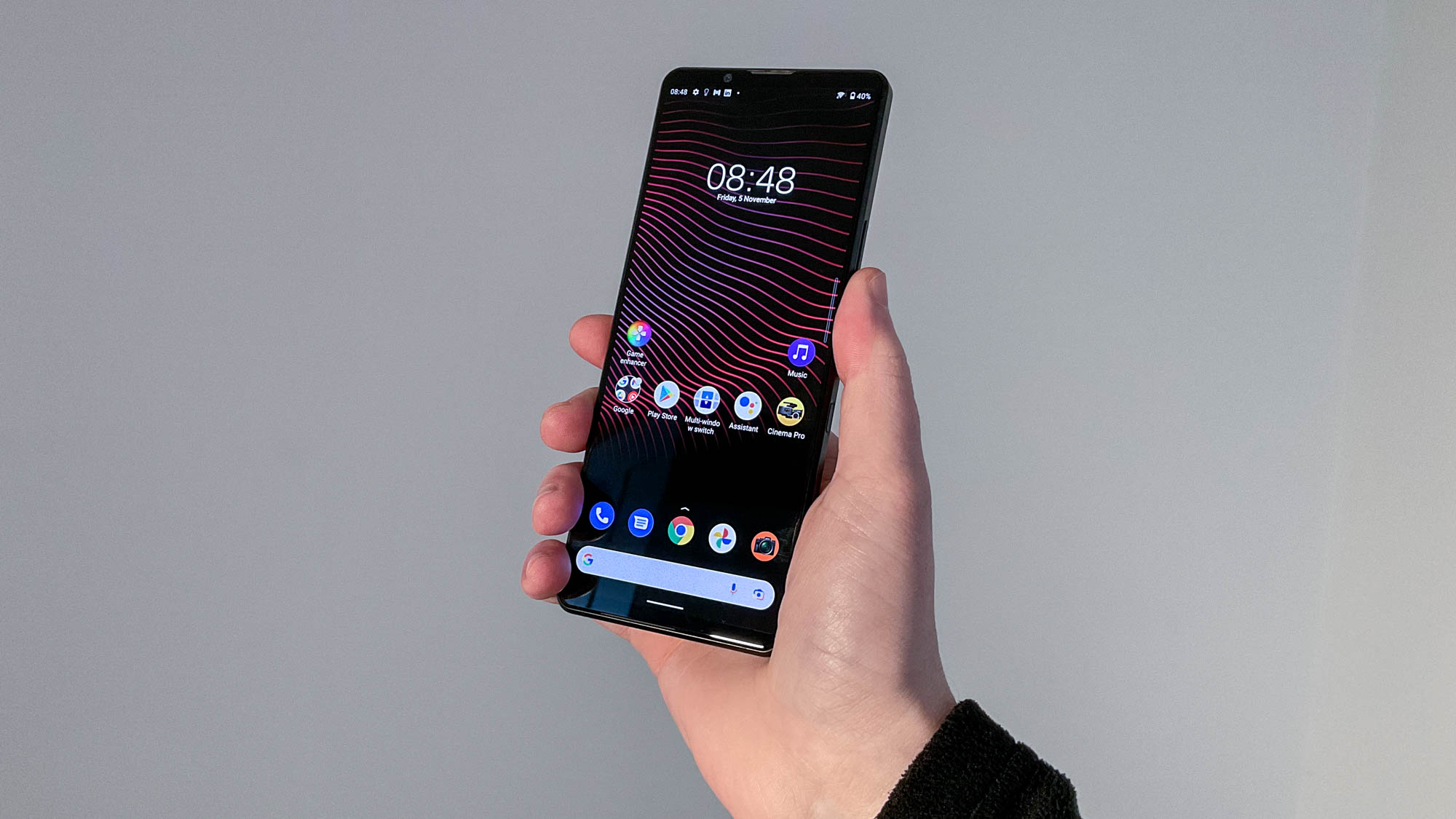
The Xperia 1 III comes in at $1,299/£1,199, meaning customers in the US are getting a far better deal. There is only one configuration available with 12GB of RAM and 256GB of storage. The Xperia 1 III also launched two other smartphones in the “III” series, including the Xperia 5 III and Xperia 10 III. As you’ll find in our Sony Xperia 5 III review, we’re fans of the £899 mid-tier Xperia, which boasts the same Snapdragon 888 chip and 120Hz refresh rate. It loses out on wireless charging, a bigger 4K display and better thermal management. The low-budget £399 Xperia 10 III is also a great option, offering 5G, the same 4,500mAh battery and OLED display as its pricier siblings.
To put the Xperia 1 III’s price into perspective, the OnePlus 9 Pro with the same 12GB of RAM and 256GB of storage configurations is priced at $1,069 / £929, the Oppo Find X3 Pro costs £1,099 (around $1,500), while the Google Pixel 6 Pro with 12GB of RAM and 256GB of storage costs $999 / £899. Even the iPhone 13 Pro Max with 256GB of storage and 6GB of RAM costs $1,199. On the other hand, the Galaxy Z Fold 3 is priced at $1,799, meaning the Xperia 1 III isn’t the most expensive by a long shot.
Sony Xperia 1 III design
I’ve never been a fan of the new standard of gargantuan flagship smartphone sizes, but Sony has miraculously designed the Xperia 1 III to fit perfectly in your hand without it feeling overbearing. Despite its long footprint and brick-ish thickness, it feels like a compact phone — something I thought was only reserved for Sony’s now-dead XZ2 Compact. However, those with smaller hands may think the complete opposite.
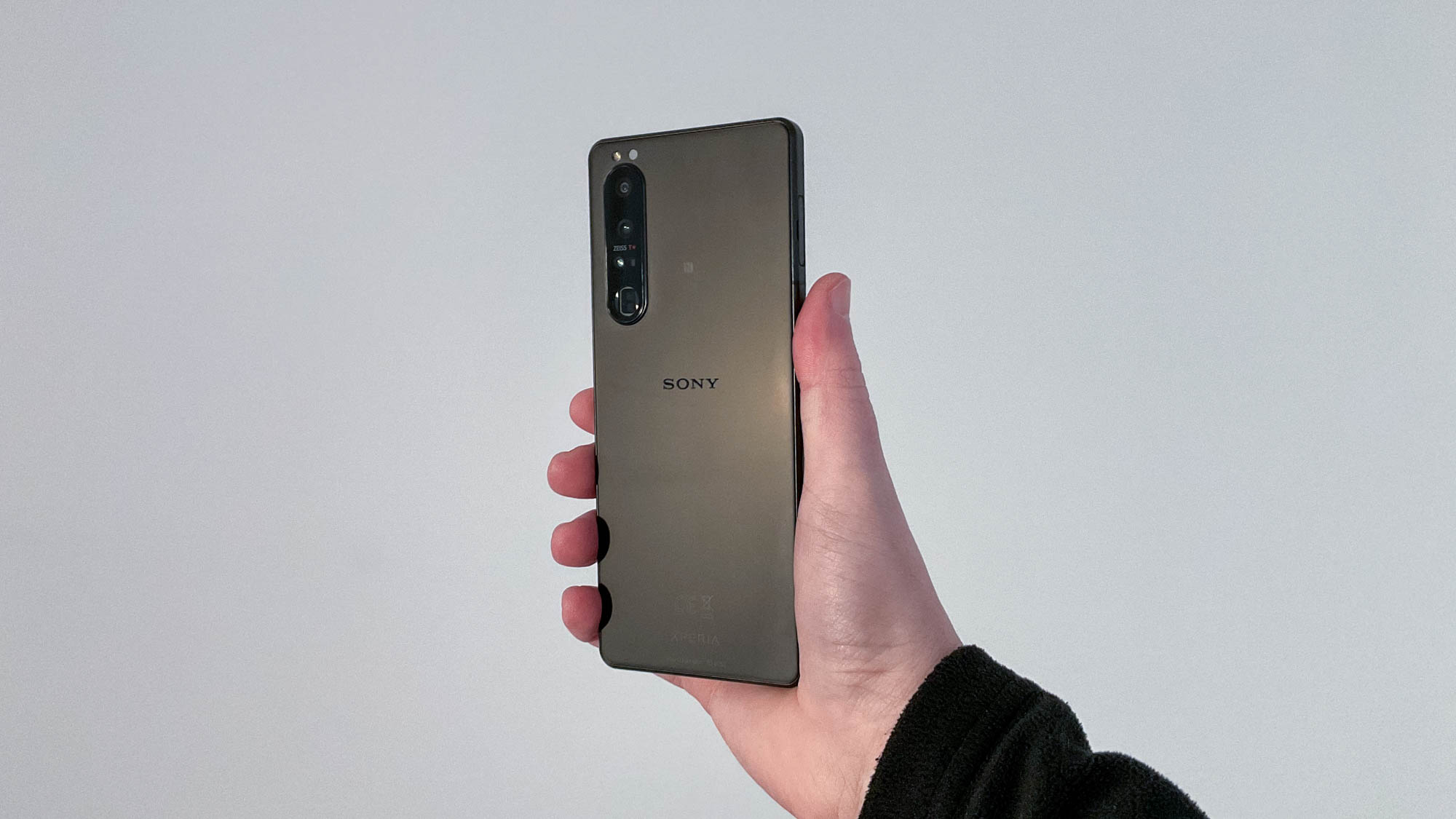
The Xperia 1 III comes in black and purple. We received Sony’s snazzy signature black color that comes with a glass rear and brushed finish. While it looks premium, the back is a magnet for smudges and fingerprints, ruining the polished aesthetic. Although, it does feature an IP65/68 rating for water resistance and protection against dust. That said, I love the subtle “Sony” logo at the centre, and the triple camera setup doesn’t appear as if it's enveloping the phone like many flagship phones do these days.
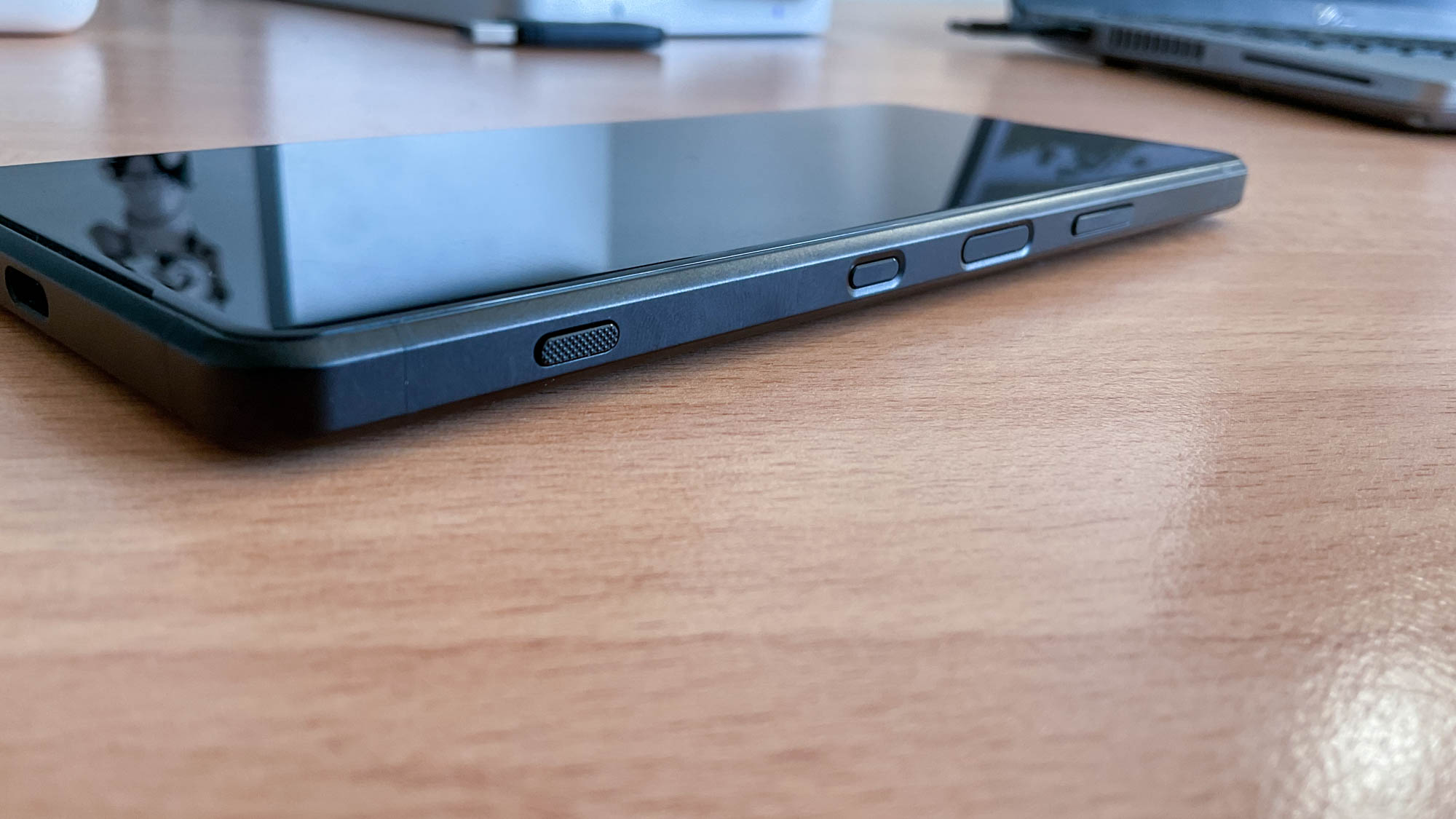
Much like the Xperia 5 III, this Xperia sports a dual-SIM tray on the left, which can be opened without a pin. Other smartphone manufacturers need to take note of this, as it is extremely handy for globetrotters who constantly swap out their SIM cards. On the right, the Xperia 1 II features many buttons, including two-button volume control, a Touch ID power button, a Google Assistant-dedicated button and a camera shutter button. That last one is an excellent addition for trigger-happy photographers and cinematographers, but I rarely used the Google Assistant button. While it's a nice idea, it’s one button too many.
The Xperia’s 21:9 aspect ratio contributes to the phone’s uniquely long shape, which comes with pros and cons. The thin bezels on the top and bottom of the screen are nearly unnoticeable thanks to the length of the screen, with the former hosting a small selfie camera so there’s no hole-punch situation. I loved being able to scroll through apps and watch YouTube videos and shows in landscape mode. However, the phone’s tall frame also means it isn’t the easiest phone to slip into a pocket or handbag, as it can look like you’re carrying around a slim brick. I don’t find this a nuisance, but many will be thrown off by the Xperia’s design.
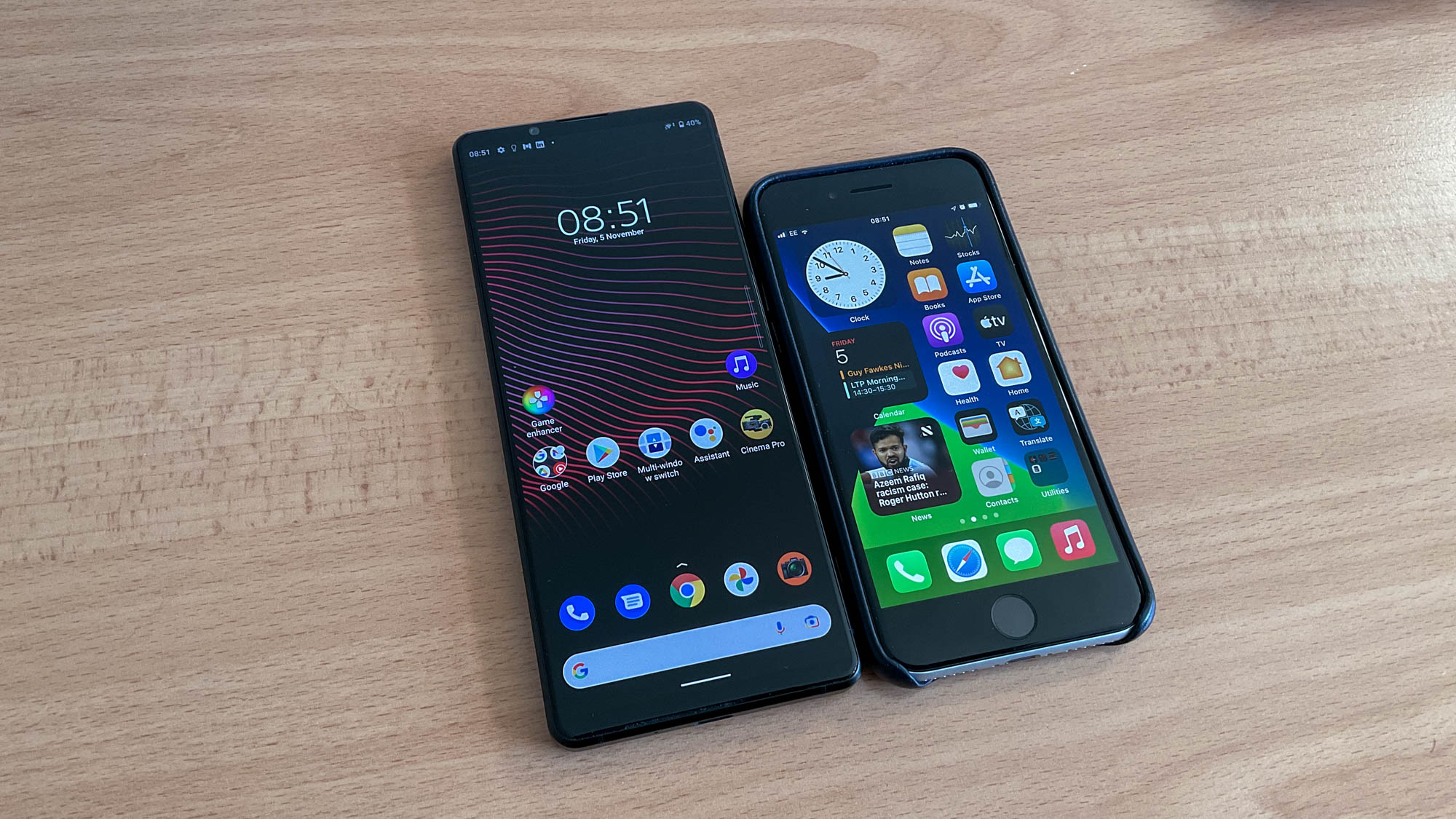
With dimensions of 6.5 x 2.8 x 0.32 inches and weighing 6.56 ounces, the Xperia 1 III is only slightly bigger and heavier than its Xperia 5 III sibling (6.2 x 2.7 x 0.3 inches, 5.9 ounces). It’s considerably lighter than the iPhone 13 Pro Max (6.3 x 3.1 x 0.3 inches, 8.5 ounces), and is slightly bigger yet lighter than the Oppo Find X3 Pro (6.4 x 2.9 x 0.32 inches, 6.8 ounces), OnePlus 9 Pro (6.4 x 2.9 x 0.34 inches, 7 ounces), and Google Pixel 6 Pro (6.5 x 3.0 x .035 inches, 7.4 ounces).
Sony Xperia 1 III display
The Xperia 1 III’s display is the dream panel smartphone manufacturers strive to obtain, but there is such a thing as overdoing it.
This Xperia boasts a 6.4-inch, 4K (3840 x 1644-pixel) 120Hz HDR OLED panel with a 21:9 aspect ratio. These specs equate to a dazzling display that’s hard not to be amused by every time I use it. The 120Hz refresh rate isn’t turned on by default, but even at 60Hz, scrolling through apps and navigating through menus looks and feels buttery smooth. Switching on the high refresh rate setting offers a constant 120Hz on all apps that support it, which consumes more battery compared to smartphones that offer an adaptive refresh rate. Did this make me want to switch off 120Hz? Not in the slightest.
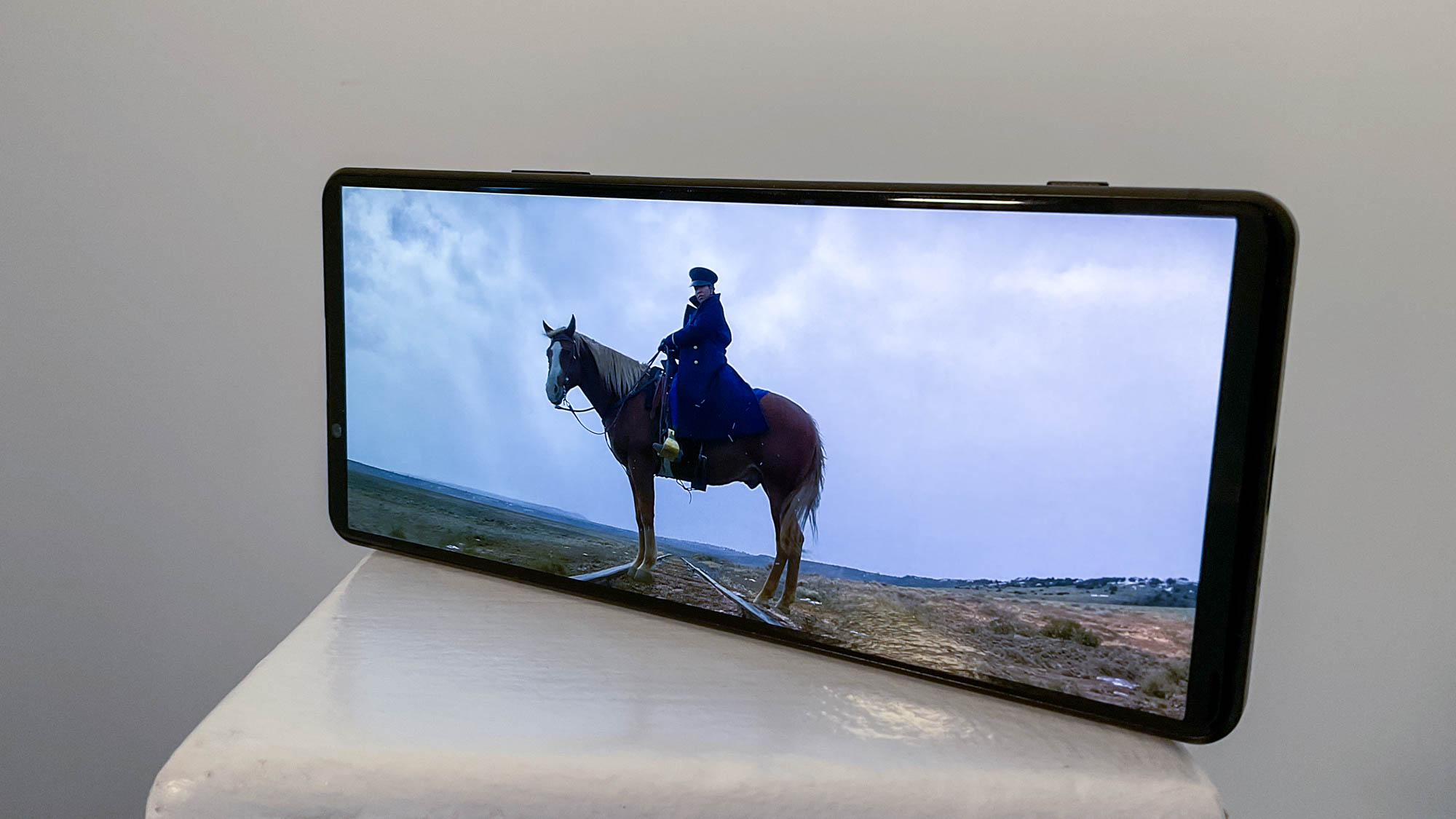
The Xperia 1 III also offers a couple of image quality settings, including the “Standard mode” that Sony claims expands the original color gamut for brighter and more vivid color effects, along with “Creator mode,” which offers 10-bit color of HDR specification and true reproduction of images and videos for the 4K display. This is automatically applied on specific apps, including the Cinema Pro and Photography Pro app. Unfortunately, on a display this size, 4K resolution goes unnoticed. I could hardly tell the difference between applying 4K settings in apps and QHD (2560 × 1440). Don’t get me wrong, the Xperia’s display is a delight, but I bet I wouldn’t find many differences between the Xperia 1 III’s resolution and the Xperia 5 III’s FHD+ display.
To test out the Xperia 1 III’s viewing experience, I watched Netflix’s revenge-filled The Harder They Fall and was blown away. The 21:9 aspect ratio is a game-changer, as it felt like I was holding a cinema in my hand. Watching good ol’ fashioned shootouts in the great desert canyons was thrilling, and seeing money shots such as Regina King on horseback starting down an oncoming train on railway tracks is a visual treat for the eyes.
As expected, colors are vibrant when snapping pictures or watching content. Surprisingly, the Xperia 1 III’s brightness isn’t up to standards when compared to other smartphones. The Xperia offers up to 560 nits of maximum brightness, which can’t compare to the Find X3 Pro (800 nits), Pixel 6 Pro (842 nits), or iPhone 13 Pro Max (837 nits). However, in real-life usage, bumping up the adjustable brightness level to max made the screen shine bright, but the automatic adjustments can dim the panel depending on the lighting.
Sony Xperia 1 III audio
Thanks to its range of audio tech, including the amazing WF-1000XM4 earbuds and WH-1000XM4 headphones, Sony is arguably the king of music — and the Xperia 1 III is a shining reflection of its status.
The Xperia 1 III boasts Hi-Res wireless audio thanks to the LDAC codec onboard and 360-degree spatial audio. Unfortunately, I don’t have Sony’s headphones to test this out, but Laptop Mag’s Jason England tested it on the Xperia 5 III, and has this to say:
“The big headlines here are support for Hi-Res wireless audio, thanks to the LDAC codec on-board and 360-degree spatial audio. That means you can make the most of Sony’s own WF-1000XM4 earbuds, or the likes of Soundcore’s Liberty 3 Pro or Edifier Neobuds Pro. If you haven’t heard the difference between standard AAC audio and LDAC for yourself, it is night and day.”
“Another big win is the continuing support for wired headphones thanks to the 3.5mm audio jack. My classic Sennheiser cans are getting a workout and it speaks to the smartphone’s versatility.”
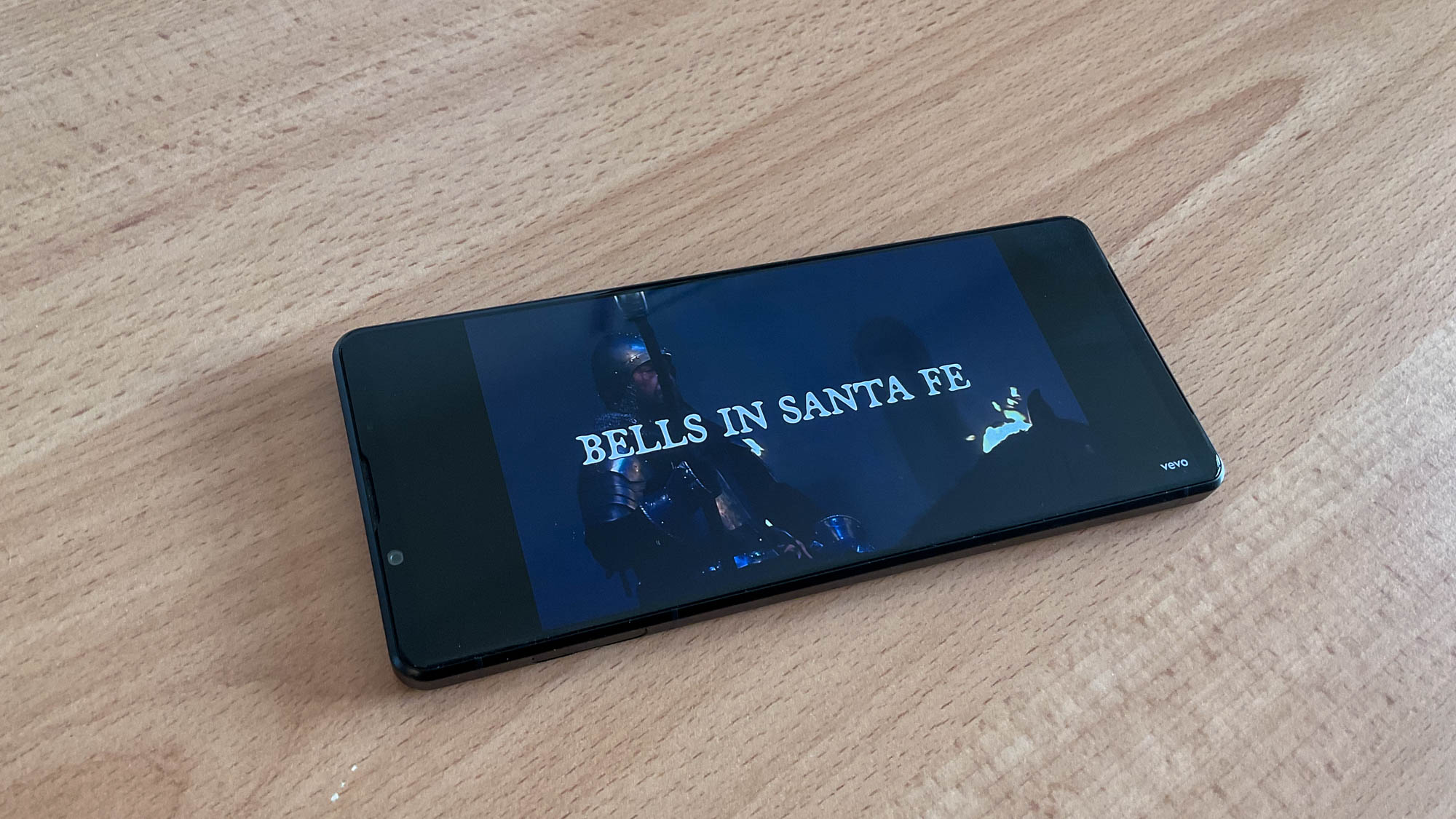
What I can talk about is the full-stage stereo speakers with Dolby Atmos support. In the mood for something bombastic, I cranked up the volume on “The Only Thing They Fear Is You” by Mick Gordon from Doom Eternal. While I was happy with volume levels and the surround sound effect coming from each end of the phone, the chainsaw-like guitar riffs and manic beats sounded like they were mashing into one another. The lack of a prominent bass also dampened the adrenaline the track is meant to fuel you with.
Going for softer tones, I listened to “Bells in Santa Fe” by Halsey, which offered a better audio experience. I could hear the crisp, sombre notes of Halsey’s voice, along with the signature high-pitched industrial sounds from Trent Reznor. Still, audio sounds tinny at higher volumes, with background instruments fading to make way for Halsey’s voice.
While the speakers are a disappointment, I did get a kick out of the gimmicky Dynamic Vibration feature. This allows the Xperia 1 III’s haptics to deliver physical feedback to match what is being played, whether it be music or media. I didn’t take much notice while listening to music, and preferred it to be switched off when placing it down on a table, but I felt a sense of immersion when watching films or TV shows. Like I said, it’s like a cinema in your hands.
Sony Xperia 1 III performance
With a Qualcomm Snapdragon 888 and 12GB of RAM, the Sony Xperia 1 III is a beast in the performance department. It soars past the competition, but it’s strangely outdone by the more affordable Xperia 5 III.
During my testing, I never experienced any kind of lag or slowdown, which is expected of a high-spec smartphone. Having up to 70 tabs open in Google Chrome while watching a Netflix show with multiple apps in the background (including Call of Duty Mobile) worked like a breeze, and meant I could easily switch to recently opened apps and jump right back in with what I was doing.
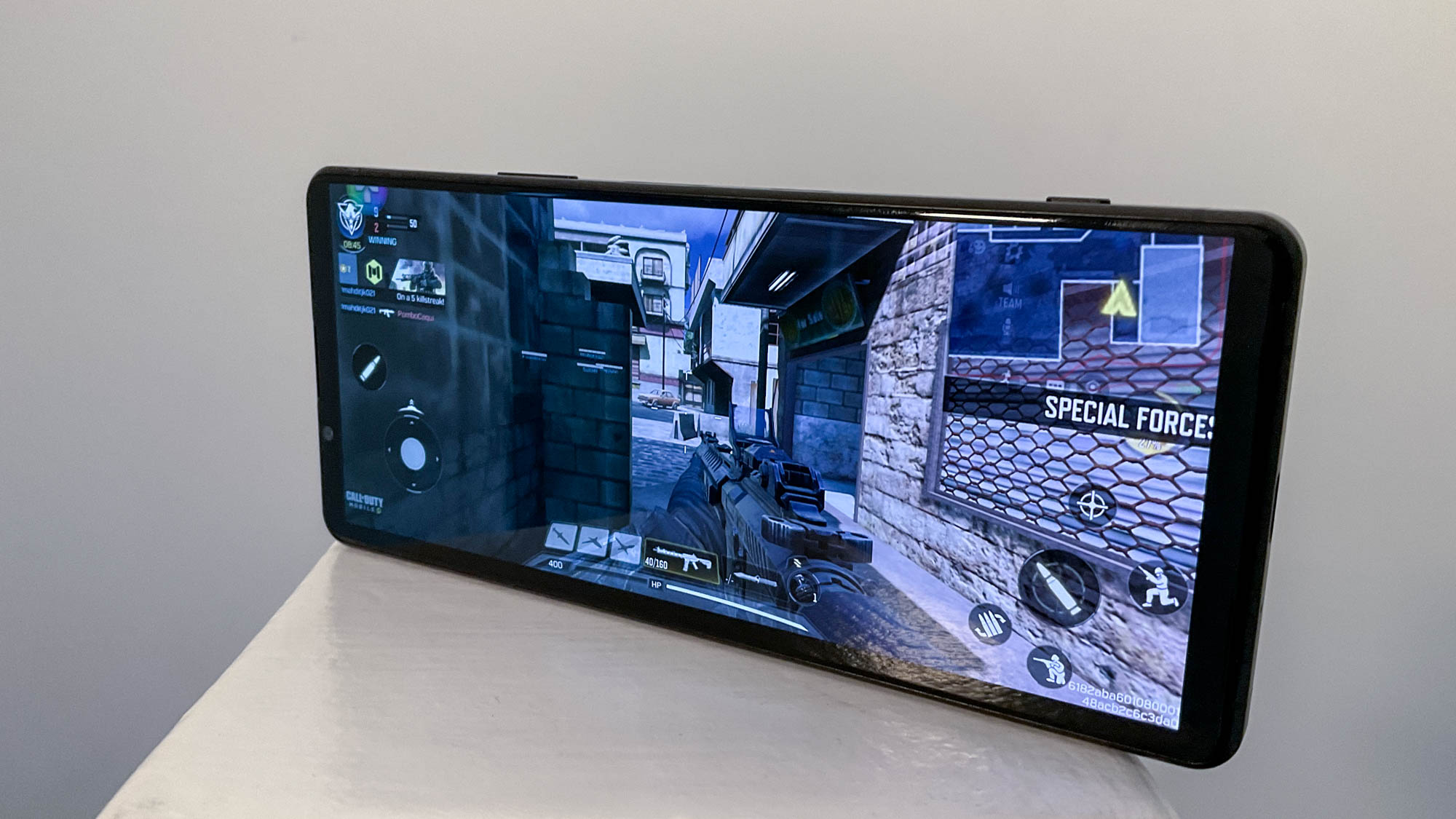
Speaking of Call of Duty Mobile, the Xperia 1 III is a stellar device to play games on. The 12GB of RAM offers peak performance, while the 21:9 aspect ratio allows for more screen real estate so my thumbs didn’t get in the way of lining up the perfect headshot. With max graphics quality and frame rate, the phone didn’t heat up during the quick 5-minute matches I played. With the Google Play Store now offering 120 fps games, I also tried Real Racing 3 and was excited to finally see 120Hz in action on a smartphone. It’s the buttery-smooth refresh rate every gamer should enjoy.
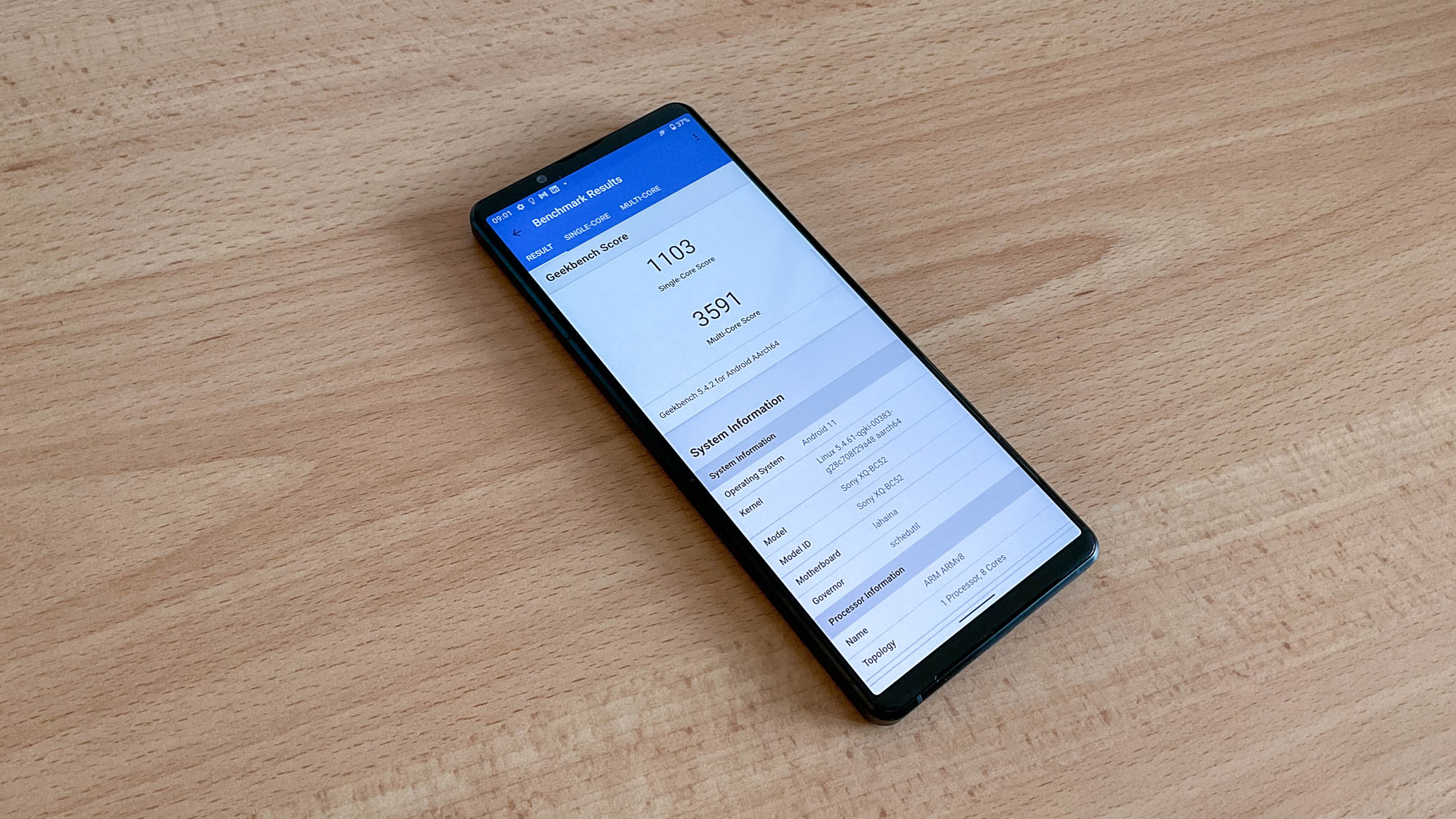
When putting it to the test on Geekbench, the Xperia 1 III boasted a Geekbench 5 multi-core score of 3,591. This wipes the floor when compared with other flagships, including the Find X3 Pro (3,371), Pixel 6 Pro (2,760) and Samsung Galaxy S21 Ultra (3,171). It nearly rivals the gaming-focused Asus ROG Phone 5 (3,672) and A14 Bionic powered iPhone 12 Pro (3,669), but can’t match the undisputed king: the iPhone 13 Pro Max (4,549).
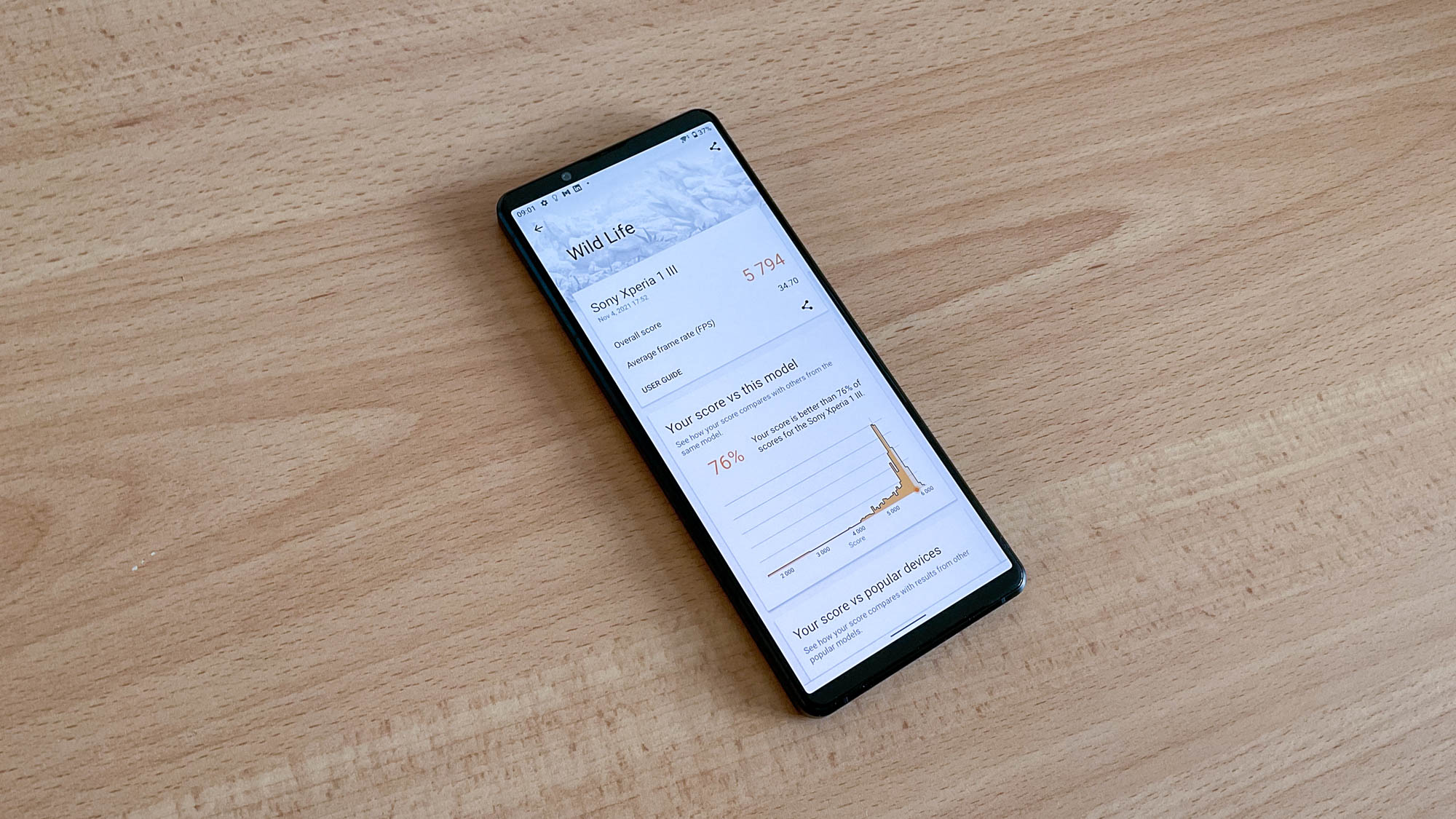
Still, it couldn’t beat the Xperia 5 III (3,689), and was even a step behind when testing it on the 3D Mark Wild Life Unlimited test. The Xperia 1 III scored an impressive 5,794, with an average frame rate of 34.7 fps. The Xperia 5 III scored an average of 35 fps.
Sony Xperia 1 III battery life and charging
On a smartphone that hosts a 4K display, a constant 120 Hz refresh rate, and the ability to record in 4K HDR at 120 fps, the Xperia 1 III is bound to lose in the battery department.
The 4,500mAh battery under the hood is an upgrade from the Xperia 1 II, and I am able to get through two days of light usage. This is more than enough for many smartphone users, but the problem lies in what the Xperia 1 III is used for. Targeted at photographers and cinematographers, the phone’s battery would drain when I went out for shoots. For example, when using the Xperia on-and-off when shooting scenery on an hour-long walk, the battery went from 60% to 40%. Of course, an hour of using heavy-duty features is a long time, but I can imagine professional content creators seeing this as a disadvantage.
The good news is the Xperia features wicked fast charging. Thanks to the 30W charging that comes in the box, I was able to charge the phone from 0% to 50% in around 23 minutes. The phone also features wireless charging, along with a nifty battery share function that doubles as a charging pad for other devices. I tried this with my AirPods Pro, and it worked like a charm.
During my battery test, which involves constant web browsing at 150 nits, the Xperia 1 III lasted 9 hours and 15 minutes. This is nowhere as good as the Oppo Find X3 Pro (9:50), iPhone 13 Pro Max (12:16) and the Galaxy S21 Ultra (11:25). However, it still beats the Pixel 6 Pro (7:43). While the battery didn’t test well, I was happy with the Xperia 1 III’s battery performance overall.
Sony Xperia 1 III cameras
The spotlight shines on the Xperia 1 III’s cameras, offering users full manual control in the same vein as using Sony’s Alpha cameras with technical features rarely found on any of the best smartphones on the market today. From the Venice Color Science setting for beautiful cinematic shots to the Time of Flight (ToF) sensor, it’s dizzying to see the number of features at your disposal.
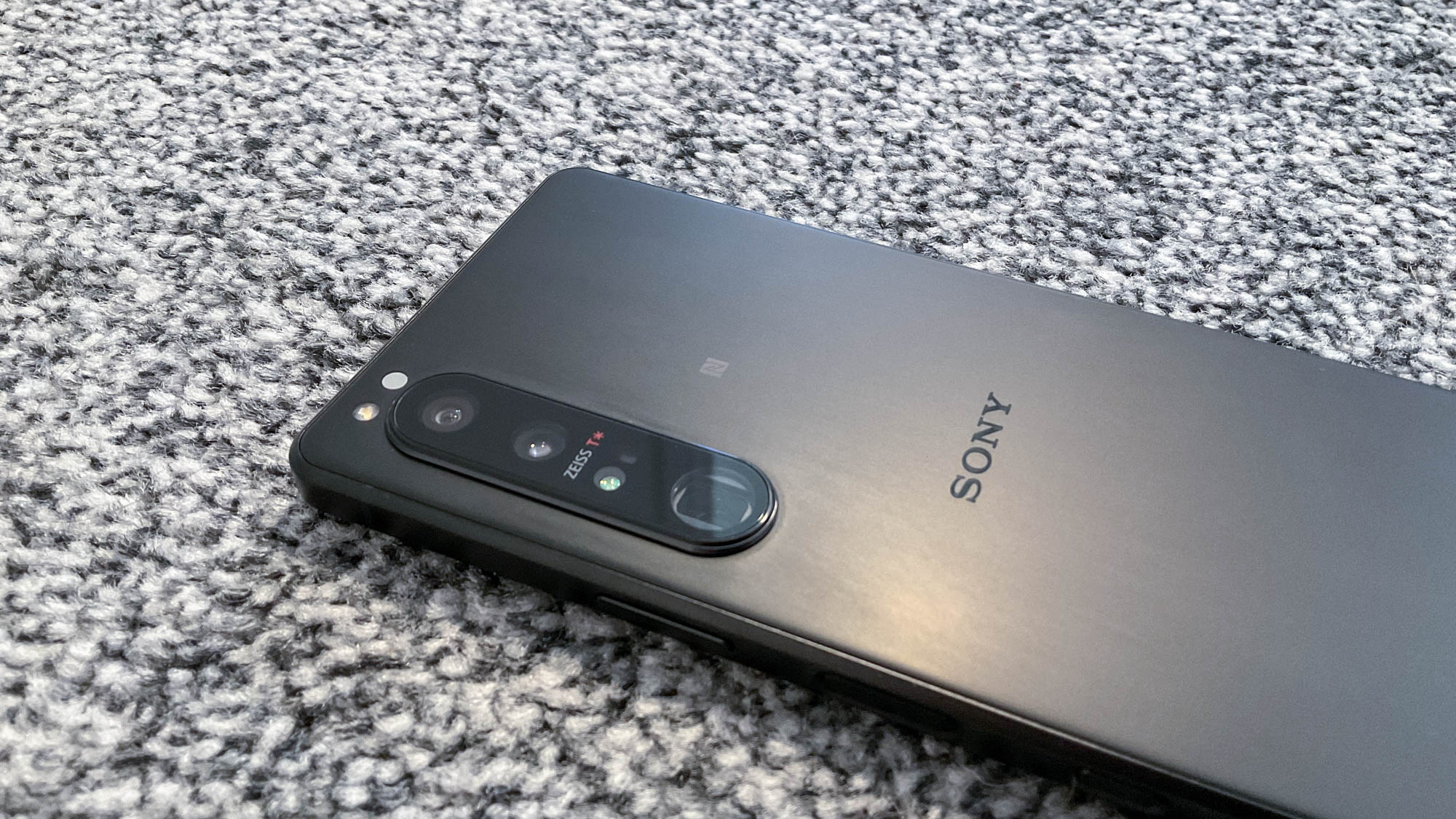
The Xperia 1 III’s main camera is a 12MP sensor with a 24mm lens and f/1.7 aperture, which works alongside a 12MP ultra-wide 16mm snapper with f/2.3 and a 12MP telephoto that can switch between an f/2.3 70mm or f/2.8 108mm lens for an impressively versatile shooting setup. There’s also an 8MP front-facing camera with f/2.0 aperture.
To test the cameras, I went out on a stroll along my neighboring canal. Unfortunately, it was a dull day, but the Xperia still beautified everything I snapped.
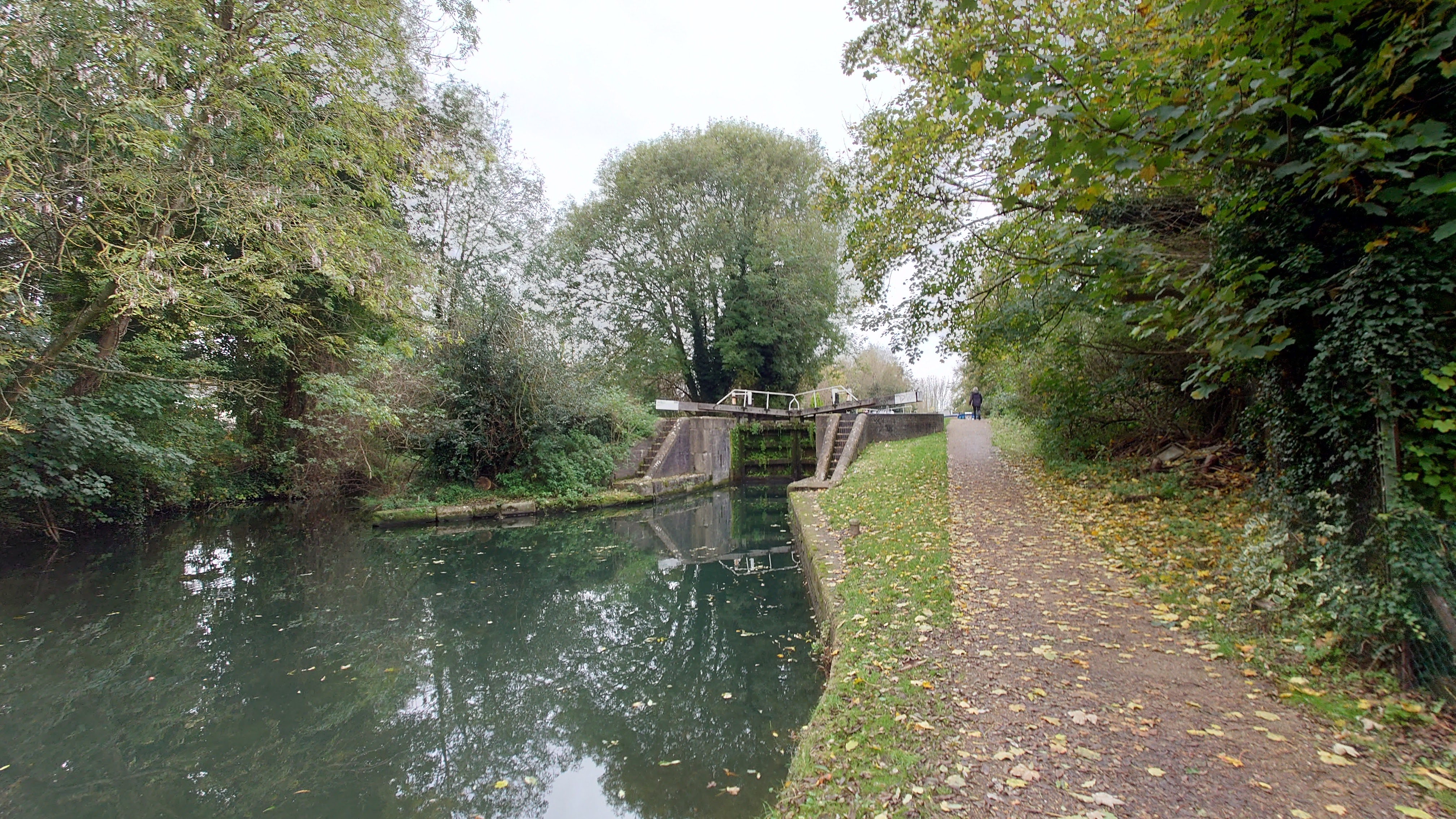
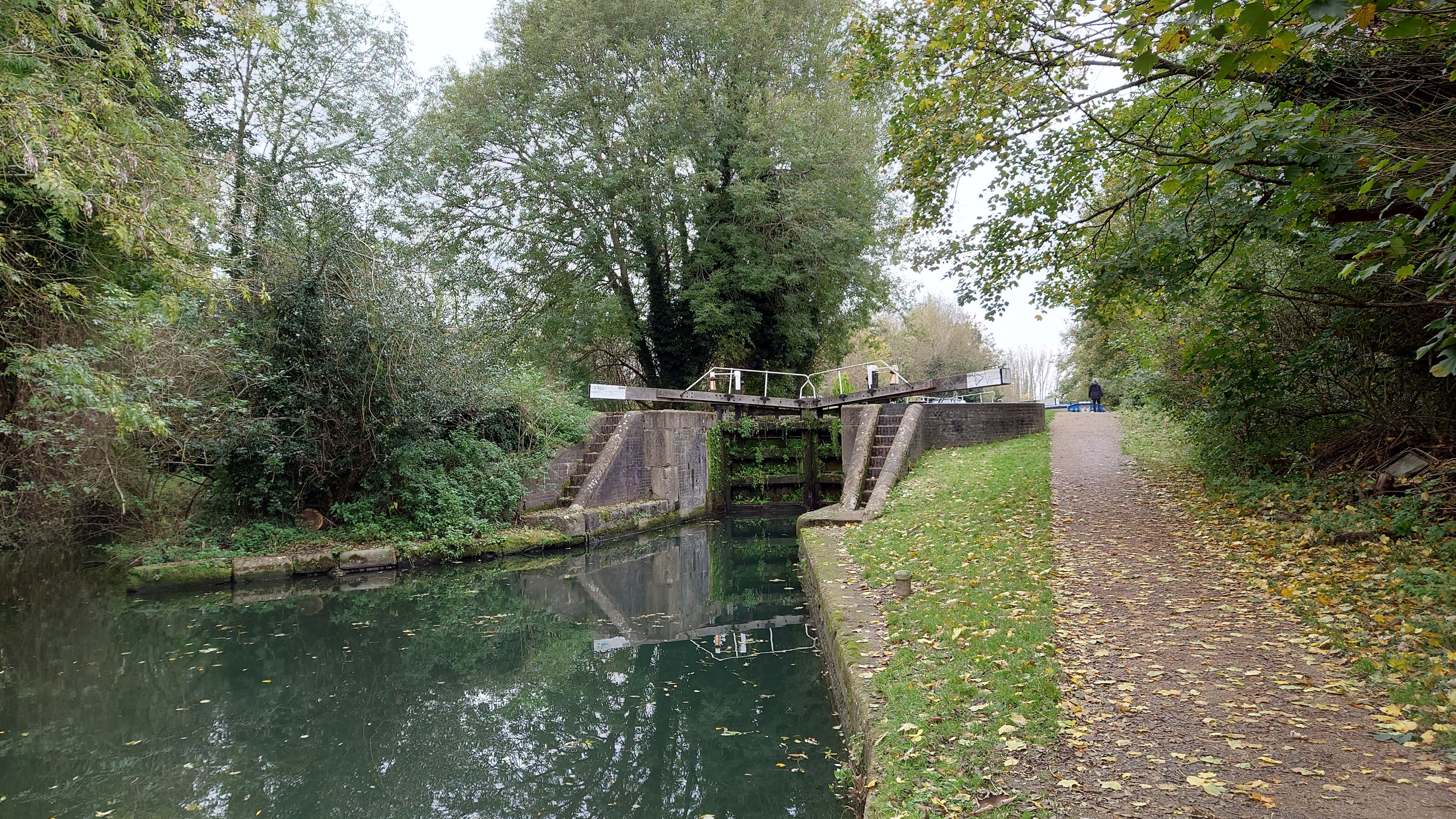


In the camera app, there are multiple modes to play around with, including Basic, Auto, Programme Auto, Shutter Speed Priority and Manual Exposure. Each offer a different level of control and customization, with the last three modes allowing me to control shutter speed, modify the ISO, white balance, exposure compensation, aspect ratio, and more on the fly. Many of the options went over my head, seeing as I’m not a pro photographer, but I was excited to see how different settings could change the way photos came out.
Starting with Basic mode, I was able to capture amazing pictures of the canal’s floodgates. From the ultra-wide-angle to the telephoto lens, each image came out in pristine detail. There’s a clear color difference between the green moss covering the gate compared to the dark leaves on the tree and the yellow and brown leaves covering the grass. So far, so crisp.

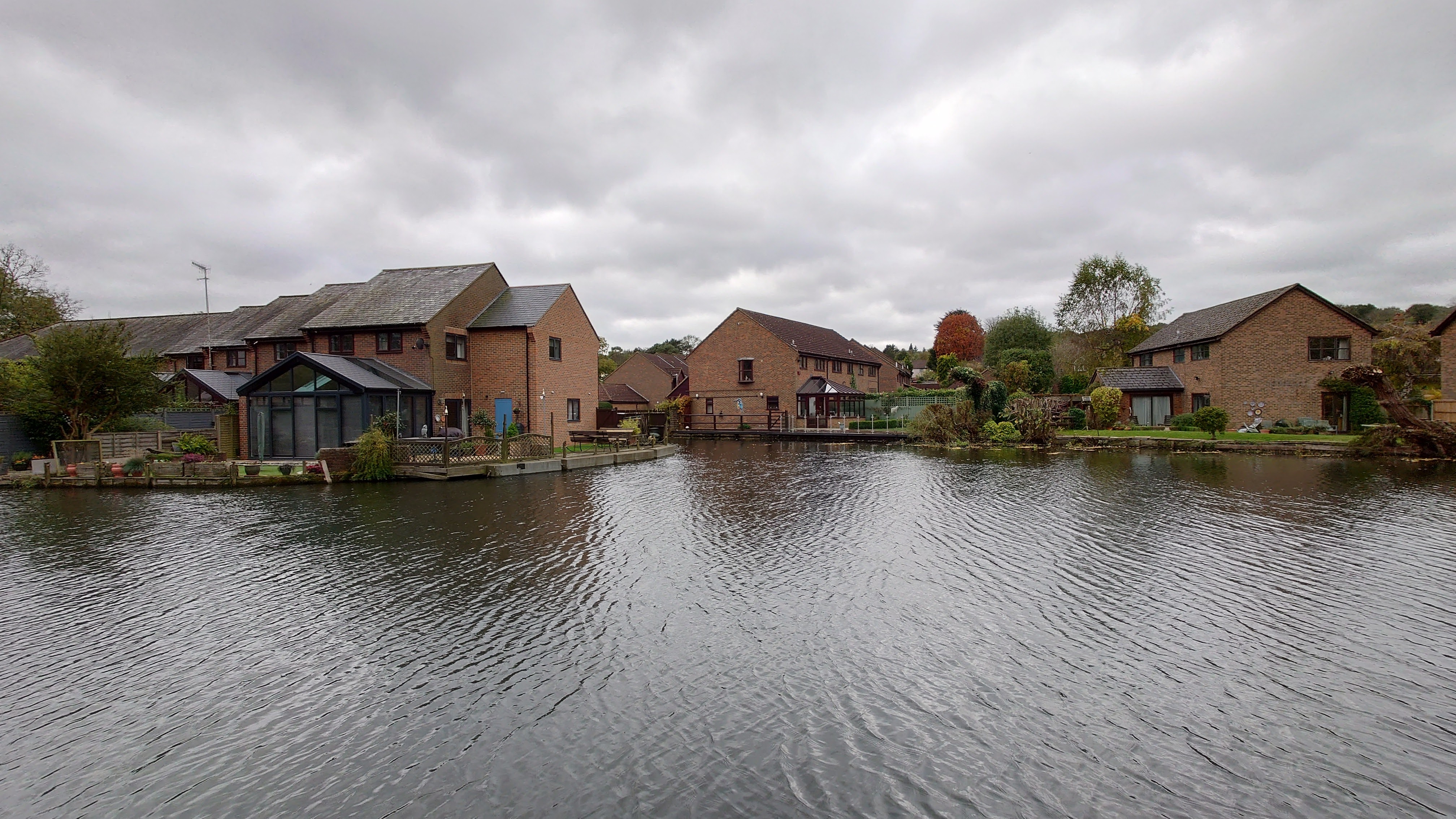


I then changed to the camera app’s Auto mode, which only enhanced the clarity of pictures. From the shimmering waters and worn roofs drizzled with moss, to the dark clouds looming over houses, it’s hard to fault the expertly captured lightning and crisp details. This was through hardly any effort of my own; all I had to do was click the shutter button. While a little blurry, I was also able to capture the colorful bird painted on the wall across the canal.

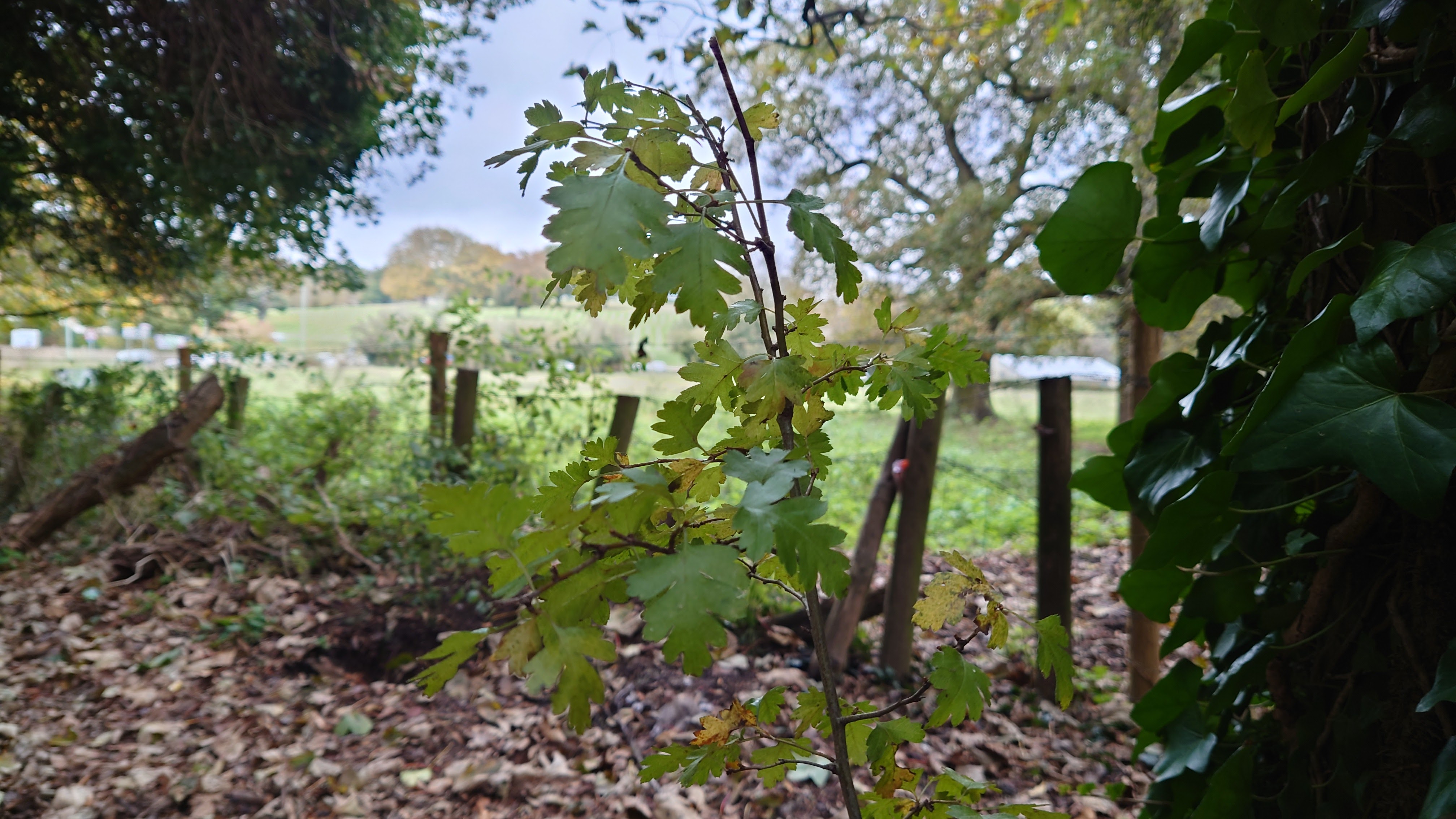
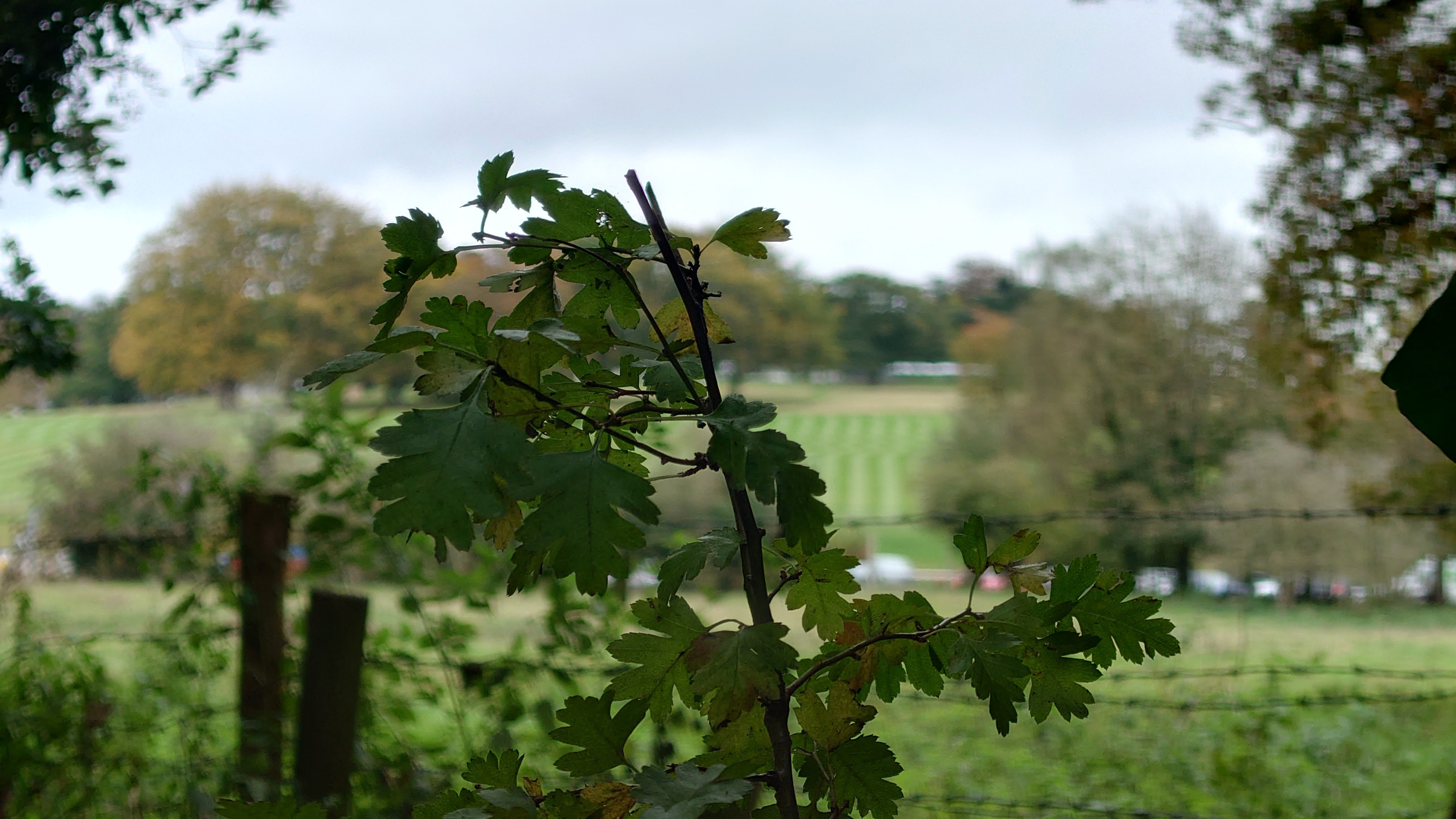
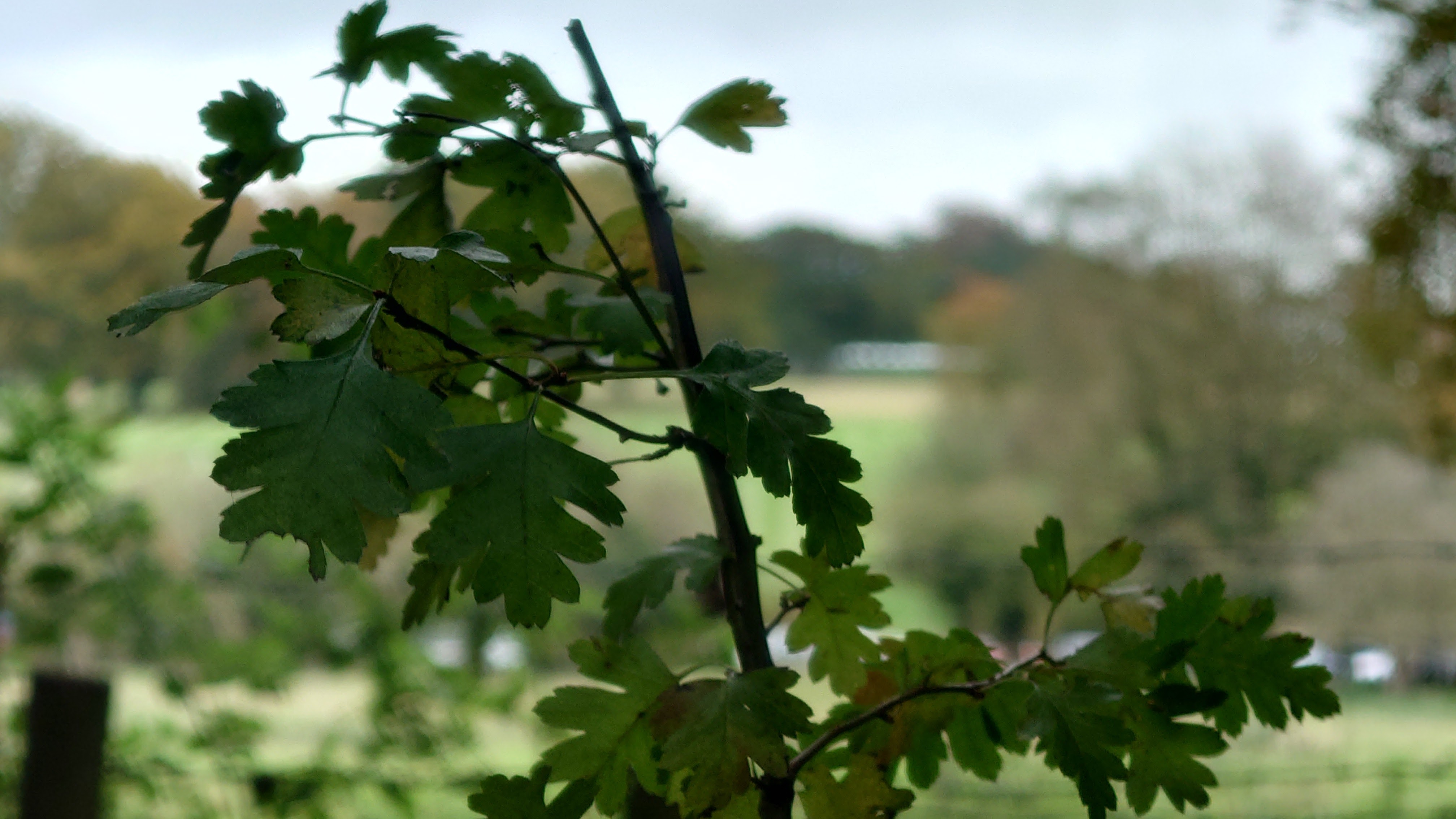
Focusing on the telephoto lens, the images of the small twig in front of an open background were superb, and it even made a simple leaf floating down the canal appear picturesque; you can even spot the outlines it makes in water.
The front-facing 8MP camera may not sound like much, but I was able to take a detailed shot of my worn-out mug, even in a low-light setting. The eye-detection feature for sharp focus and hand gesture recognition to take pictures by waving are also a nice touch.
Sony also makes a big effort with its video recording features. Supported by CineAlta, the rear camera can shoot up to 4K HDR at 120 fps, along with its video slo-mo that can capture 120fps in 4K. However, it can also shoot a clean 24, 25, 30 and 60 fps for those making movie-friendly content. Other features many cinematographers will love is the audio separation technology for wind filtering, along with easy-access options to check remaining recording time, audio levels, and a clip playback feature to review what’s been shot.
Sony Xperia 1 III software
The Sony Xperia 1 III runs Android 11 and has no bloatware except for a link to a free 3-month Tidal subscription for lossless audio streaming. With Android 12 now out in the wild, the Xperia loses out on one major update. Still, Sony’s Xperia UI overlays are nearly identical to the Android stock OS, with the bonus of adapting the screen and apps to the taller display. Plus, there’s easy access to split-screen multitasking and the Side Sense bar for additional control.
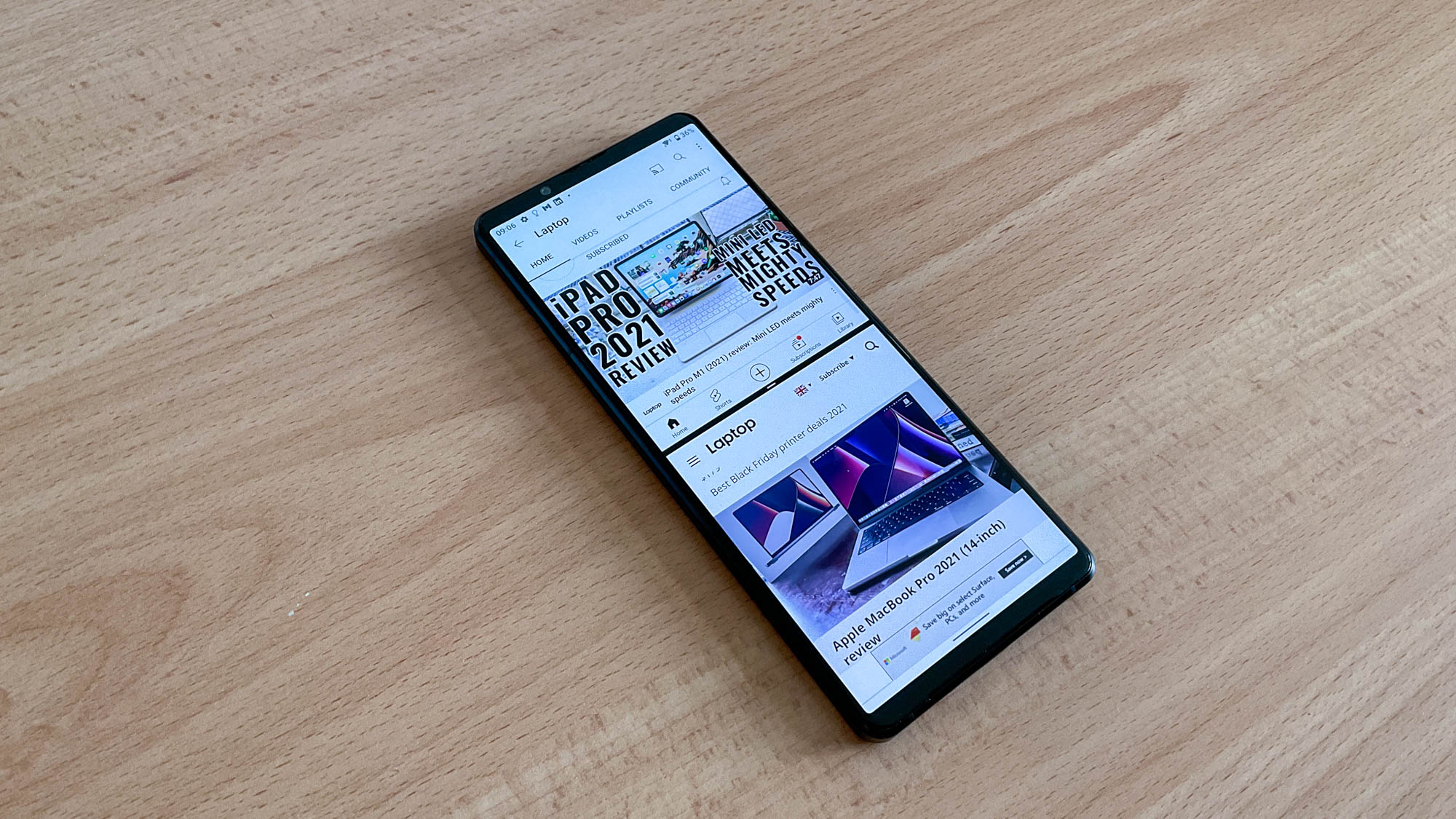
Sony does stumble with software update support, though. While there is no official policy on how long the company will support the Xperia 5, and history suggests you’ll only get two years of updates. This is disappointing, as you’re able to get better software support from cheaper phones.
Bottom line
Sony has gone above and beyond with the Xperia 1 III, and it should be a smartphone on the tip of every Android enthusiast's tongue — especially if they have an interest in photography and cinematography. From the dazzling 21:9 4K HDR display with a 120Hz refresh rate to the brilliant array of camera features, Sony has made an exceptional smartphone.
But exceptional comes at a price. Unless you’re a professional in the field of content creation who wants another camera setup alongside their other equipment, $1,299 is a big asking price for the more casual smartphone users. Still, those who do dish out will get a premium phone with plenty of entertainment perks. If you’re after a smartphone with a big focus on cameras, the Xperia 1 III should strike your fancy.
For those that adore Xperia smartphones but don’t want to think about spending over $1,000 for one, then the Xperia 5 III is an excellent choice instead. For more on the best smartphones on the market today, we’ve got you covered.

Darragh Murphy is fascinated by all things bizarre, which usually leads to assorted coverage varying from washing machines designed for AirPods to the mischievous world of cyberattacks. Whether it's connecting Scar from The Lion King to two-factor authentication or turning his love for gadgets into a fabricated rap battle from 8 Mile, he believes there’s always a quirky spin to be made. With a Master’s degree in Magazine Journalism from The University of Sheffield, along with short stints at Kerrang! and Exposed Magazine, Darragh started his career writing about the tech industry at Time Out Dubai and ShortList Dubai, covering everything from the latest iPhone models and Huawei laptops to massive Esports events in the Middle East. Now, he can be found proudly diving into gaming, gadgets, and letting readers know the joys of docking stations for Laptop Mag.
